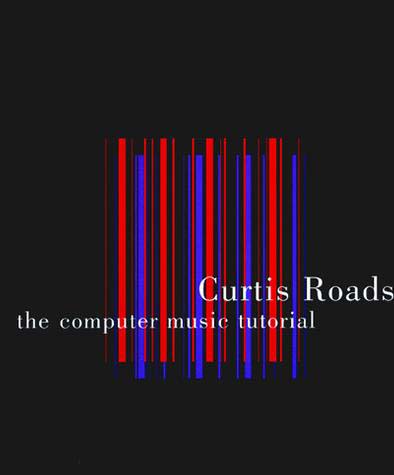James Vogel, Nevin B. Scrimshaw: The Commodore 64 Music Book. A Guide to Programming Music and Sound (1984)
Filed under book | Tags: · composing, computer music, electronic music, music, programming, sound recording, sound synthesis

Are you interested in electronic music? Do you dream of playing “Rhapsody in Blue” … without a piano? You can … with THE COMMODORE 64 MUSIC BOOK. It will teach you to play your Commodore 64 as a musical instrument, and you’ll pick up profes sional programming skills along the way. THE COMMODORE 64 MUSIC BOOK is designed for people with little or no programming experience. It includes the fundamental techniques of musical composition, programming in BASIC, and electronic sound synthesis. All of the instructions are in practical step-by-step language, and are geared to teach, rather than train by rote. With THE COMMODORE 64 MUSIC BOOK, you can learn to compose music, write advanced programs, and enjoy the sheer pleasure of creation. Praised by Popular Computing for “simulating the sounds of acoustic instruments better than any other personal computer,” the Commodore 64 is an exciting addition to electronic musicology. With THE COMMODORE 64 MUSIC BOOK you can play too … from a simple one-voice tune, to a complex multi-instrumental score. Consider the possibilities! So, give Gershwin your best… with THE COMMODORE 64 MUSIC BOOK!
Publisher Birkhauser Verlag AG, 1984
ISBN 3764331585, 9783764331580
146 pages
PDF (updated on 2012-7-18)
Comment (0)Curtis Roads, et al: The Computer Music Tutorial (1996–) [English, French]
Filed under book | Tags: · algorithm, computer music, music, music theory, sound recording, sound synthesis

“The Computer Music Tutorial is a comprehensive text and reference that covers all aspects of computer music, including digital audio, synthesis techniques, signal processing, musical input devices, performance software, editing systems, algorithmic composition, MIDI, synthesizer architecture, system interconnection, and psychoacoustics. A special effort has been made to impart an appreciation for the rich history behind current activities in the field.
Profusely illustrated and exhaustively referenced and cross-referenced, The Computer Music Tutorial provides a step-by-step introduction to the entire field of computer music techniques. Written for nontechnical as well as technical readers, it uses hundreds of charts, diagrams, screen images, and photographs as well as clear explanations to present basic concepts and terms. Mathematical notation and program code examples are used only when absolutely necessary. Explanations are not tied to any specific software or hardware.”
Publisher MIT Press, 1996
ISBN 0262680823, 9780262680820
xx+1234 pages
Reviews: Sam Reese (Bulletin of the Council for Research in Music Education, 1997), Douglas Geers (Current Musicology, 2001), Gregory Taylor (Cycling ’74, 2016).
The Computer Music Tutorial (English, DJVU, 22 MB, updated on 2021-4-8)
L’audionumérique: musique et informatique (French, trans. Jean de Reydellet, 3rd ed., 1999/2016, 15 MB, added on 2021-4-8)
Corrections and revisions (added on 2017-11-20, updated on 2021-4-8)
Stephen Travis Pope: Sound and Music Processing in SuperCollider (1998)
Filed under manual | Tags: · music, music processing, programming, software, sound processing, sound recording, sound synthesis, synthesis

“SuperCollider is a powerful and flexible programming language for sound and image synthesis and processing. It was developed by James McCartney of Austin, Texas, and is the result of more than five years of development, including the Pyrite and Synth-omatic systems from which SuperCollider is derived. The somewhat odd name of the language is derived from its creator’s obsession with the superconducting supercollider project that was planned to be undertaken in his home state of Texas, but never funded.
The SuperCollider compiler and run-time system has been implemented on Apple Macintosh and Be computers (more ports are projected), and can execute quite complicated instruments in real time on “middle-class” Macintoshs (see the notes below on its performance). This book is a step-by-step tutorial on SuperCollider programming; it is aimed at musicians who want to use it for musical sound synthesis and processing.”
“This book is an introduction to the SC language aimed at readers who have some programming background (such as knowing another sound synthesis language or a general-purpose language like C or Smalltalk). It is not meant to substitute for the SC manual, to which I indeed refer the reader in numerous places.”
PDF (3mb, updated on 2024-4-20)
Code examples

